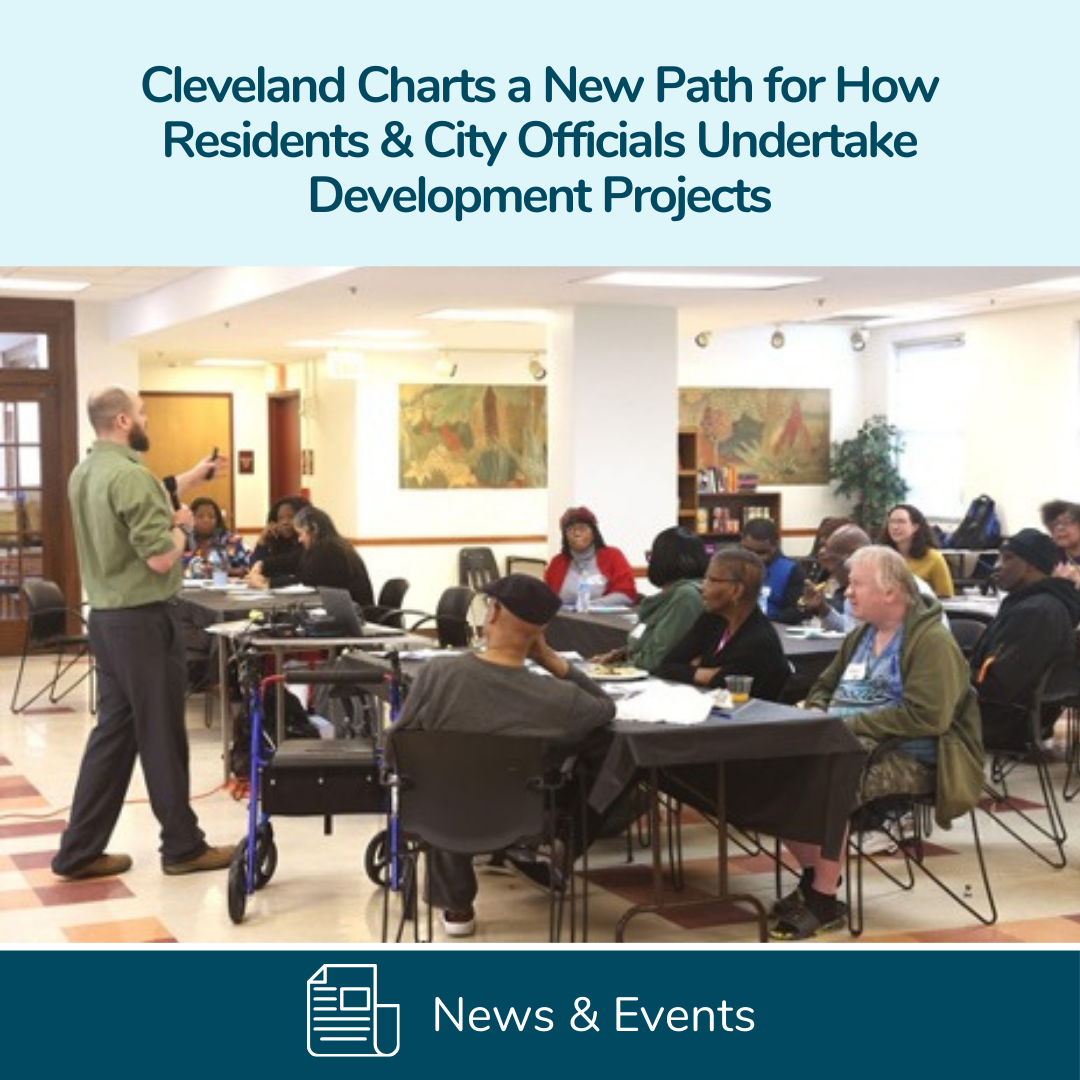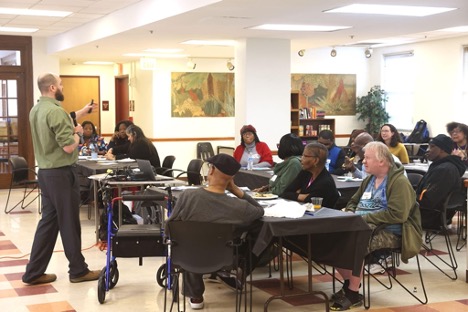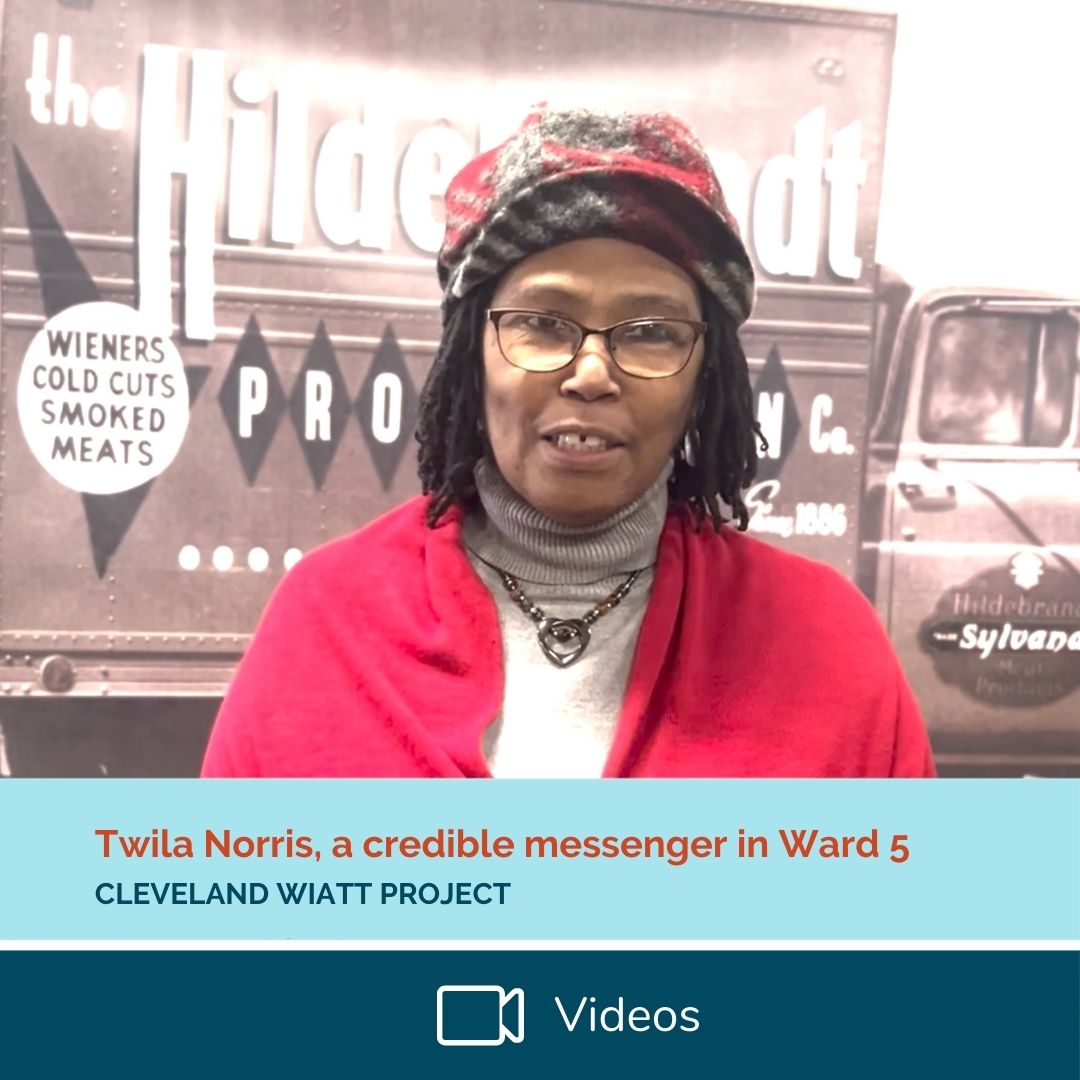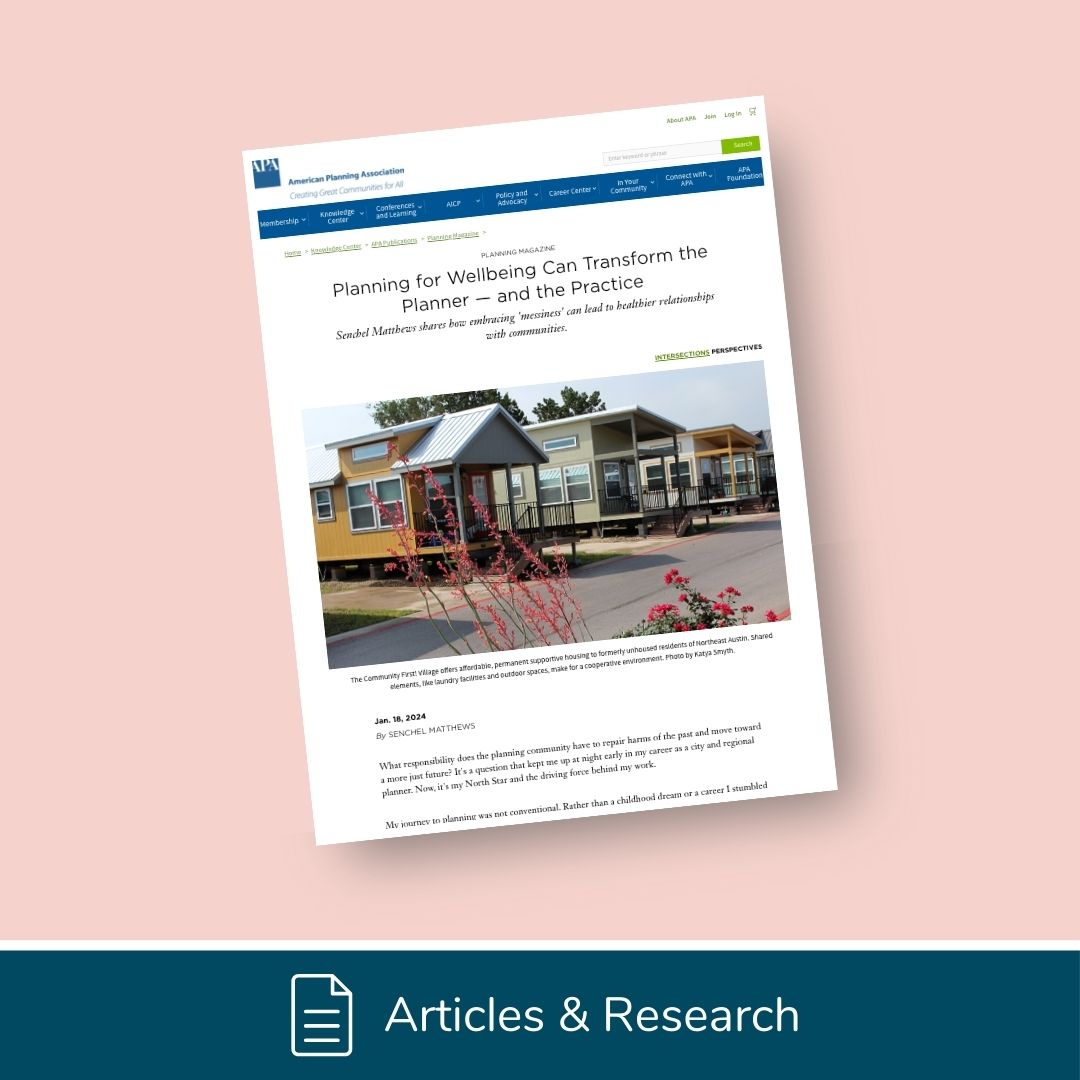Righting wrongs of past development
Historically, the gains promised by urban development projects haven’t been shared equitably, and neither have the harms. From urban renewal that destroyed vibrant communities to harmful planning that continues to impact communities of color, systemic racism has led to some voices being amplified while others are excluded, undercut and underheard. The financial benefits and burdens of development have been considered more than people’s wellbeing.
Cleveland’s North Coast on Lake Erie is no exception. The area has been marred by a history of exclusion, especially for Black residents. Highways, railroads and a 65-foot bluff make it nearly impossible to walk and bike to Lake Erie’s shore safely. So, when city decision-makers put forth a vision for a North Coast that everyone could enjoy, previously excluded residents had every reason for distrust. Why contribute if you have never been listened to before?
A new approach was needed to shift how city officials and residents partner, undertake and experience development projects. The City needed a way to move beyond traditional community engagement questions and open comment opportunities to get at what truly matters to people: how these projects will affect wellbeing. Crucially, officials needed a better way to ensure that key voices across the city were included. FFI’s Wellbeing Insights, Assets and Tradeoffs Tool (WIATT) offered a process and a technology to help the City and its many communities navigate the tradeoffs of change.






